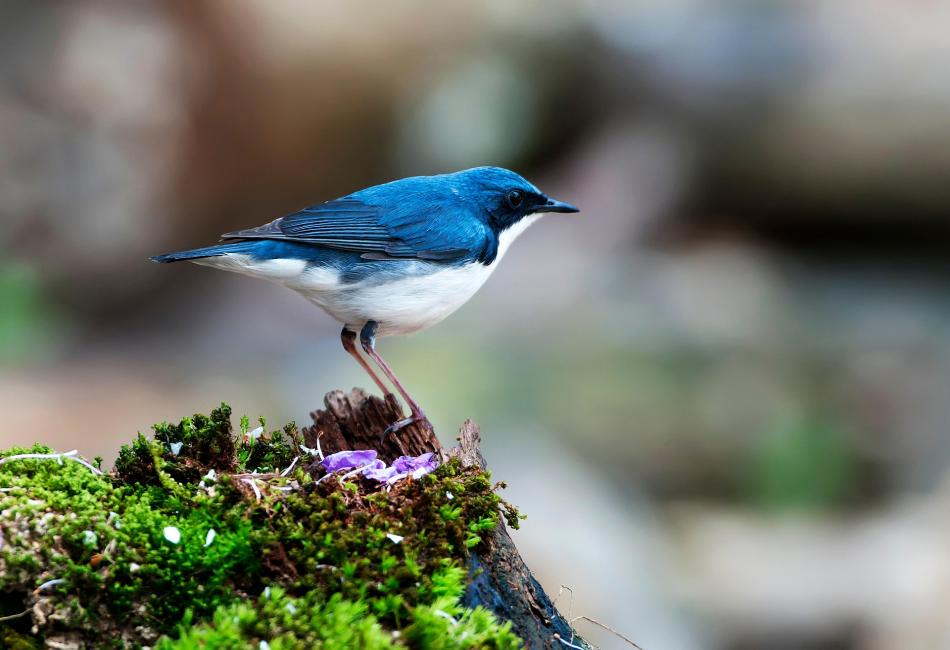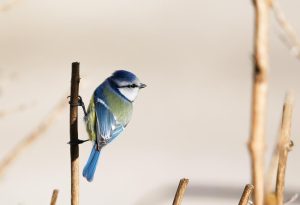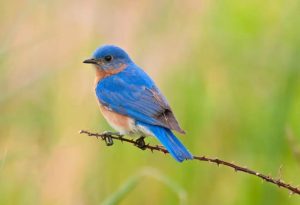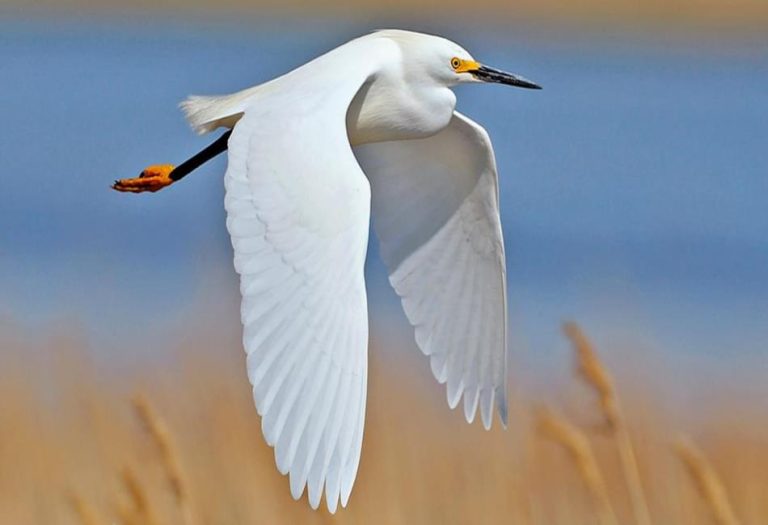Exploring the Types of Blue Birds: Nature’s Brilliant Feathers in Flight
Blue birds, with their vivid plumage and melodious songs, have fascinated bird watchers and nature enthusiasts for centuries. These birds are not just strikingly beautiful; they also play important roles in ecosystems as pollinators, seed spreaders, and insect controllers. Though the term “blue bird” often brings to mind a specific species, like the Eastern Bluebird, many bird species across the world display brilliant blue feathers. In this article, we will explore the most well-known types of blue birds, their habitats, behaviors, and distinguishing characteristics.
1. Eastern Bluebird (Sialia sialis)
The Eastern Bluebird is one of the most iconic blue birds in North America. Known for its brilliant blue back and reddish chest, this species is a favorite among backyard birdwatchers.
-
Habitat: Open woodlands, farmlands, and orchards
-
Range: Eastern United States, parts of Canada and Mexico
-
Diet: Insects, berries, and fruits
-
Behavior: Known for nesting in tree cavities and birdhouses; they are social birds that often form small flocks
Eastern Bluebirds are considered a symbol of happiness and are frequently featured in literature and songs.
2. Western Bluebird (Sialia mexicana)
Similar in appearance to the Eastern Bluebird, the Western Bluebird inhabits the western parts of North America.
-
Habitat: Coniferous and deciduous forests, scrublands
-
Range: Western United States and parts of Mexico
-
Diet: Insects and berries
-
Behavior: They are cavity nesters and are often found nesting in old woodpecker holes or man-made nest boxes
Western Bluebirds are slightly darker than their eastern cousins and display a deeper blue on their wings and back.
3. Mountain Bluebird (Sialia currucoides)
The Mountain Bluebird is often called the most beautiful of all bluebirds due to its sky-blue color.
-
Habitat: High elevation meadows and open country
-
Range: Western North America, from Alaska to Mexico
-
Diet: Insects, spiders, and small fruits
-
Behavior: They hover over the ground to catch insects and often nest in tree cavities or nest boxes
Their bright azure color makes them easy to spot against the natural landscape.

4. Indigo Bunting (Passerina cyanea)
Often mistaken for a bluebird, the Indigo Bunting is a small finch-like bird with striking cobalt-blue feathers.
-
Habitat: Farmlands, open woodlands, and roadside thickets
-
Range: Eastern and southern United States; migrates to Central America and the Caribbean
-
Diet: Seeds, berries, and insects
-
Behavior: Known for their cheerful singing; males sing from treetops to defend their territory and attract mates
Unlike bluebirds, Indigo Buntings exhibit sexual dimorphism—only the males are vivid blue, while females are brownish.
5. Blue Jay (Cyanocitta cristata)
The Blue Jay is one of the most recognized blue birds due to its loud calls and intelligence.
-
Habitat: Woodlands, suburbs, and city parks
-
Range: Eastern and Central North America
-
Diet: Nuts, seeds, insects, and small vertebrates
-
Behavior: Blue Jays are highly social, often forming large, noisy groups; known to mimic the calls of hawks
They are also notorious for raiding nests and storing food for the winter.
6. Tree Swallow (Tachycineta bicolor)
Although not entirely blue, the Tree Swallow’s iridescent blue back and head make it a visually striking species.
-
Habitat: Open fields, wetlands, and lakesides
-
Range: Most of North America
-
Diet: Flying insects and occasional plant material
-
Behavior: Excellent fliers, often seen gliding gracefully over water; nest in tree cavities and nest boxes
Their metallic sheen makes them appear different shades of blue depending on the light.
7. Barn Swallow (Hirundo rustica)
While Barn Swallows are more commonly noted for their forked tails, their upperparts are a shiny steel-blue.
-
Habitat: Open areas near water, farmland, and human structures
-
Range: Worldwide
-
Diet: Flying insects
-
Behavior: Highly social birds that nest in colonies; known for their acrobatic flight and mud-built nests under eaves and bridges
They have adapted well to human environments and often nest on buildings.
8. Blue Grosbeak (Passerina caerulea)
This medium-sized songbird boasts deep blue plumage with reddish-brown wing bars.
-
Habitat: Brushy fields and forest edges
-
Range: Southern United States and Central America
-
Diet: Insects and seeds
-
Behavior: Solitary and shy; males sing from exposed perches
Blue Grosbeaks are often overlooked due to their secretive nature, but their vibrant color is unforgettable once seen.
9. Steller’s Jay (Cyanocitta stelleri)
A close cousin of the Blue Jay, Steller’s Jays are bold and eye-catching with their dark blue bodies and black crests.
-
Habitat: Coniferous forests
-
Range: Western North America
-
Diet: Omnivorous – nuts, berries, insects, and eggs
-
Behavior: Curious and intelligent; often seen scavenging in picnic areas or campsites
They are one of the few North American jays with a crest and are known for their vocal mimicry.
10. Florida Scrub-Jay (Aphelocoma coerulescens)
A rare and endangered species, the Florida Scrub-Jay is the only bird species entirely restricted to Florida.
-
Habitat: Scrub oak habitat in Central Florida
-
Range: Central Florida
-
Diet: Acorns, insects, and small animals
-
Behavior: Highly social, living in family groups; cooperative breeders
Due to habitat loss, this species is under significant conservation efforts.
Why Are These Birds Blue?
Unlike red or yellow pigments derived from diet, blue coloration in birds is structural rather than pigment-based. Their feathers are made of microscopic structures that reflect only blue light, making them appear blue to our eyes. This phenomenon is known as structural coloration.
The Role of Blue Birds in Culture
Blue birds often symbolize happiness, hope, and freedom. Cultures around the world—from Native American legends to Russian folklore—associate blue birds with positive omens and spiritual guidance.
Conservation and Observation Tips
Many blue bird species face threats from habitat destruction, climate change, and invasive species. You can help protect them by:
-
Installing birdhouses in your yard
-
Planting native shrubs and berry-producing plants
-
Avoiding pesticide use
-
Supporting local conservation programs
If you’re interested in observing blue birds, the best times are during spring and summer when they are actively nesting and feeding.
Final Thoughts
Blue birds are more than just pretty creatures—they are essential contributors to ecosystems and captivating subjects for study and admiration. Whether you’re spotting an Eastern Bluebird perched on a fence post or watching a Tree Swallow darting across a pond, these birds connect us to the beauty and balance of the natural world. Taking time to learn about and protect them ensures that their songs and splashes of color continue to inspire generations to come.
FAQs: Exploring the Types of Blue Birds
1. What are the most common types of blue birds in North America?
The most common blue birds in North America include the Eastern Bluebird, Western Bluebird, Mountain Bluebird, Blue Jay, and Indigo Bunting.
2. Why are blue birds blue?
Blue coloration in birds is not due to pigments but structural coloration. Tiny structures in their feathers scatter light in a way that makes them appear blue to the human eye.
3. Are all blue birds actually “bluebirds”?
No. While “bluebird” refers to specific species in the Sialia genus, many other birds like Blue Jays, Indigo Buntings, and Steller’s Jays are also blue but not true bluebirds.
4. Do male and female blue birds look the same?
It depends on the species. In many species, like the Indigo Bunting, males are vivid blue while females are duller. In others, like bluebirds, both sexes are blue, though males are typically brighter.
5. What do blue birds eat?
Their diet varies by species but often includes insects, berries, seeds, and small fruits. Some, like Blue Jays, may also eat nuts and small animals.
6. Where can I spot blue birds in the wild?
Blue birds are found in diverse habitats, including open woodlands, fields, meadows, and even suburban areas. Nesting boxes can also attract species like bluebirds and swallows.
7. Are blue birds endangered?
Most blue bird species are not endangered, but some like the Florida Scrub-Jay are listed as threatened due to habitat loss.
8. Can I attract blue birds to my yard?
Yes! You can attract them by installing birdhouses, offering mealworms or berries, planting native shrubs, and avoiding pesticide use.
9. Are blue birds good for the environment?
Yes. They help control insect populations, disperse seeds, and play a vital role in maintaining ecological balance.
10. Do blue birds migrate?
Some species migrate seasonally, like the Indigo Bunting and Mountain Bluebird, while others, like Blue Jays, may stay year-round depending on food availability and climate.




